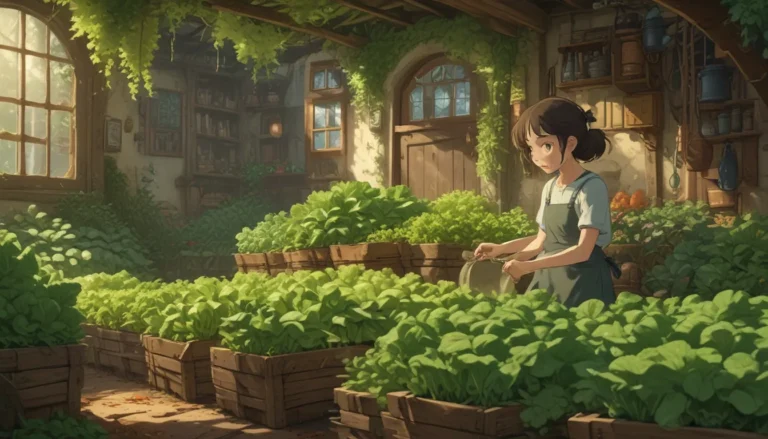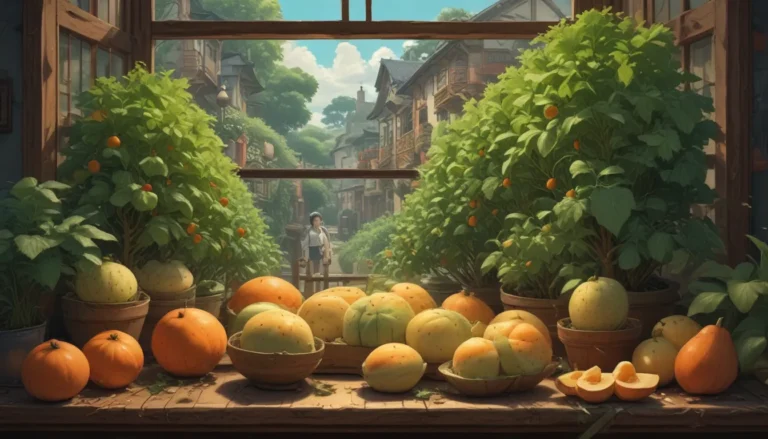Understanding and Managing 7 Common Jasmine Diseases

Ah, the sweet fragrance of jasmine in the garden is a delight for the senses. These beautiful plants can truly transform a space with their delicate pinwheel flowers and aromatic scent. However, like any other plant, jasmine is susceptible to a range of diseases that can threaten its health and vitality.
In this comprehensive guide, we will explore seven common jasmine diseases, their symptoms, and effective treatment options to help you keep your plants thriving. From crown gall to wilt, each disease presents its own set of challenges, but with the right knowledge and care, you can prevent and manage these issues to ensure the longevity of your jasmine plants.
7 Common Jasmine Diseases
- Crown Gall
- Leaf Blight
- Mosaic Virus
- Phyllody
- Rot
- Rust
- Wilt
Maintaining a healthy environment for your jasmine plants is key to preventing diseases. By providing proper care, you can boost your plant’s immune system and minimize the risk of infections. Let’s dive into each disease and learn how to identify and treat them effectively.
1. Crown Gall
If you notice unusual lumps and bumps on the lower trunk and stems of your jasmine plant, it may be infected with crown gall. This bacterial disease, caused by Agrobacterium tumefaciens, can hinder the plant’s ability to absorb water and vital nutrients. To combat crown gall, consider using a product like Procidic that contains beneficial bacteria to target the infection.
2. Leaf Blight
Reddish-brown spots on the leaves of your jasmine plant may indicate leaf blight, a fungal disease that can cause curling and browning of leaves. To prevent leaf blight, use a Bordeaux mixture spray and avoid watering the foliage directly. By maintaining proper watering practices, you can reduce the risk of this common disease.
3. Mosaic Virus
Jasmine plants in warm climates like Florida and Hawaii are susceptible to mosaic virus, which can cause stunted growth and yellow stripes on the leaves. To prevent mosaic virus, ensure you source disease-free plants and keep pests like whiteflies at bay. Early detection and removal of infected plants are crucial to preventing the spread of this virus.
4. Phyllody
Characterized by unusual growth patterns and leaf-like structures, phyllody is a virus spread by whiteflies that can affect jasmine plants. While there is no cure for phyllody, you can minimize its impact by removing infected parts and practicing proper cultivation techniques. Keep pests away and maintain a healthy growing environment to prevent phyllody.
5. Rot
Root rot, caused by Sclerotium rolfsii, can lead to yellowing and browning of leaves, eventually causing plant death. To combat root rot, use copper fungicide as a soil drench and ensure proper drainage to prevent waterlogged conditions. Early detection and treatment are essential in saving plants affected by root rot.
6. Rust
Rust, caused by the fungus Uromyces hobsoni, results in orange pustules on the leaves and flowers of jasmine plants. To address rust, use copper or sulfur fungicides and coat both sides of the leaves thoroughly. Regular application of fungicides can help control rust and prevent its spread to other plants in the garden.
7. Wilt
Fusarium wilt, caused by Fusarium solani, can lead to wilting and yellowing of leaves in jasmine plants. To combat wilt, consider using biofungicides like Mycostop or CEASE that contain beneficial bacteria to inhibit fungal growth. Rotating fungicides can help prevent resistance and effectively manage wilt in jasmine plants.
Conclusion
Dealing with diseases in the garden is a common challenge for plant enthusiasts. By understanding the symptoms and treatment options for common jasmine diseases, you can protect your plants and ensure their continued health and vitality. Remember to provide optimal growing conditions, practice good sanitation, and monitor your plants regularly to catch any issues early. With the right care and attention, you can enjoy the beauty and fragrance of jasmine in your garden for years to come.
Have you encountered any of these jasmine diseases in your garden? Share your experiences and insights in the comments below to help fellow gardeners navigate these common challenges. Happy gardening!
Disclaimer: This article provides educational information on identifying and treating common jasmine diseases. Consult with a professional horticulturist or plant expert for personalized advice tailored to your specific garden needs.





